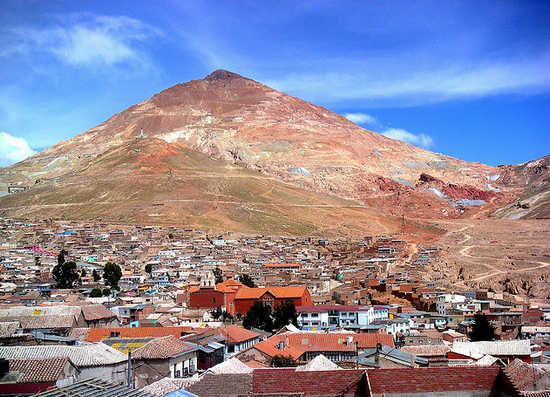From the luxurious Copacabana resort, the poetic Lake Titicaca to the Uyuni salt flats…all are the best tourist destinations for you to have the most interesting experiences of your life when coming to Bolivia.
La Paz
La Paz is built in a canyon created by the Choqueyapu River that runs from northwest to southeast. The city is nestled in a peaceful bowl, surrounded by the high mountains of the Altiplano. When observed from above, La Paz is truly a wonderful city.

First, you'll see the sprawling slums of El Alto, from which the view extends far into the distance and gives you a perfect view of La Paz, the buildings clinging precariously to the mountainside like a large wound in the ground. Above the city's view is the three-peaked Illimani mountain, always covered in snow and visible from several points in the city, including from neighboring El Alto.
Sorata

Located between La Paz and Lake Titicaca, Sorata is a sleepy town that is best for travelers looking to hike the Cordillera Real mountains. These granite formations are an extension of the Andes mountain range. With six towering peaks, you’ll need to plan some hiking and climbing when you visit Sorata.
Yungas Road
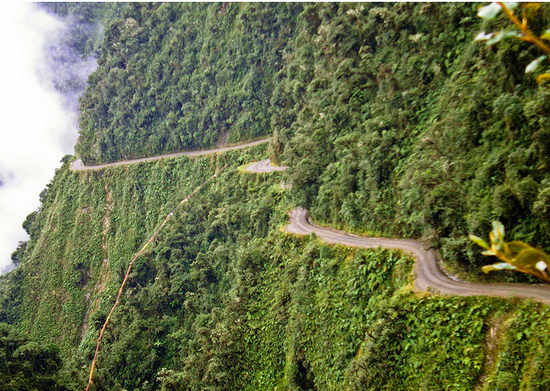
Dubbed the “World’s Most Dangerous Road,” Yungas Road runs from La Paz into the Amazon rainforest in northern Bolivia. From La Paz, the road descends from 15,000 feet to about 4,000 feet when it reaches the town of Coroico. The road is dangerous for tourists. However, Yungas has long been a favorite destination for mountain bikers. The “Death Road” was built in the 1930s during the Chaco War by Paraguayan prisoners.
Madidi National Park
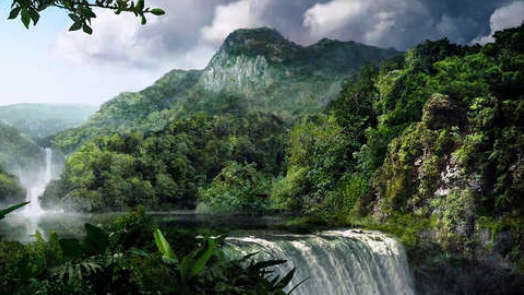
Madidi National Park stretches from the Andes Mountains to the Amazon. Covering more than 7,000 square miles, Madidi is known as one of the most biodiverse areas in the world. Visitors to Madidi will have the chance to see jaguars, giant otters, and the rare titi monkey. More than 11% of all the bird species on the planet can be found in Madidi National Park.
Cerro Rico, Potosi
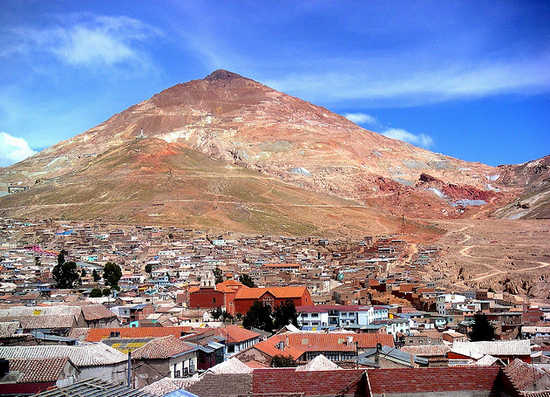
Cerro Rico is a great place to explore the effects of Spanish colonialism on Bolivia’s indigenous people. It was once a tin mining area, and is still active today. Visitors can tour the mines, a museum, and a royal mint.
Sucre

There are four names for Sucre, including Charcas, La Plata, and Chuquisaca. Founded in the 1500s during the Spanish colonial period, Sucre offers visitors a glimpse into the life of the Spanish aristocracy in the 16th century. Sucre has many ancient structures to visit, such as La Casa de la Libertad, Simón Bolívar, and the National Library of Bolivia.
Carnaval de Oruro Festival
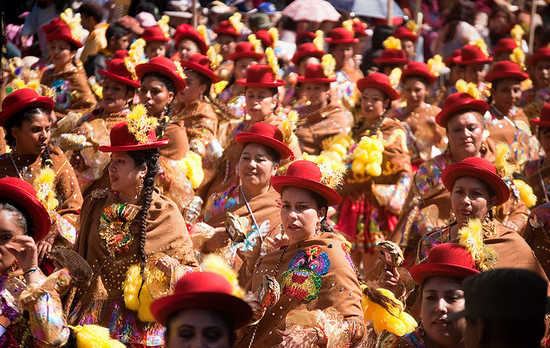
Every year in Oruro, the city of Oruro hosts the Carnaval de Oruro, one of the most important folklore events in all of South America. The festival attracts more than 28,000 dancers performing traditional dances. About 10,000 performers accompany the dancers. Unlike the carnival in Rio, the Oruro festival always begins with the diablada, or ancient devil dance.
Lake Titicaca
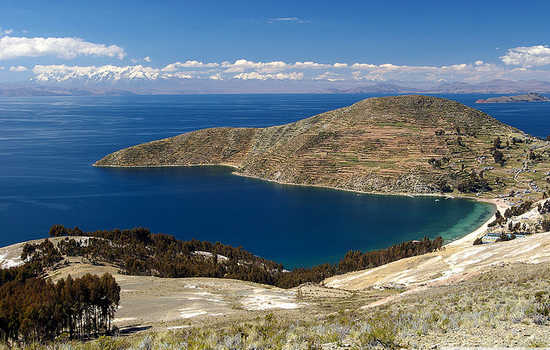
Bordering Bolivia and Peru, Lake Titicaca is the largest lake in South America. Titicaca is 200km long, 66km wide with an area of 8,330km2 located on the border of Bolivia and Peru. This is the highest freshwater lake in the world, located between the majestic Andes in South America, at an altitude of 3,813m above sea level. Considered the "Bright Pearl on the Plateau" containing many mysterious anecdotes, Lake Titicaca is clear as a mirror all year round with wonderful scenery and never freezes, very suitable for those who want to visit the bays as well as dozens of large and small islands around the lake.
Tiwanaku

Tiwanaku - an ancient city located in the southeast of Lake Titicaca in the west of La Paz, Bolivia, is one of the most attractive tourist destinations in South America. Mysterious traces of the pre-Columbian era are concentrated in this area. Every year, this tourist destination attracts a large number of international tourists and archaeologists to visit, learn and research. With sophisticated Inca architecture, sophisticated and complex construction techniques, Tiwanaku still has many mysteries that archaeologists today have not yet discovered exactly the construction technology used by the ancients. It can be said that the ancient city of Tiwanaku is an ancient architectural work with the same value as the famous Macchu Picchu in Peru.
Uyuni Salt Flats

One of the most worth-seeing sights in this country is the Uyuni salt flats. To get to this field, you will have to travel to the small town of Uyuni in the Potosi region in the far southwest of Bolivia. However, all the hardships will completely disappear when you see with your own eyes the world's largest salt flat containing about 10 billion tons of salt. Uyuni is the place that Neil Amstrong could see from the moon in 1969. Located at an altitude of 3,656m above sea level, up to 10,582km wide and flat as a mirror. Visit Uyuni from May to October, when the water has drained, the entire field becomes a smooth surface with full-sized white salt crystals scattered everywhere. In winter, this place is also likened to a "mirror world" when it perfectly reflects sunlight, reflects the blue sky and clouds and the majestic, quiet mountains of the past.





